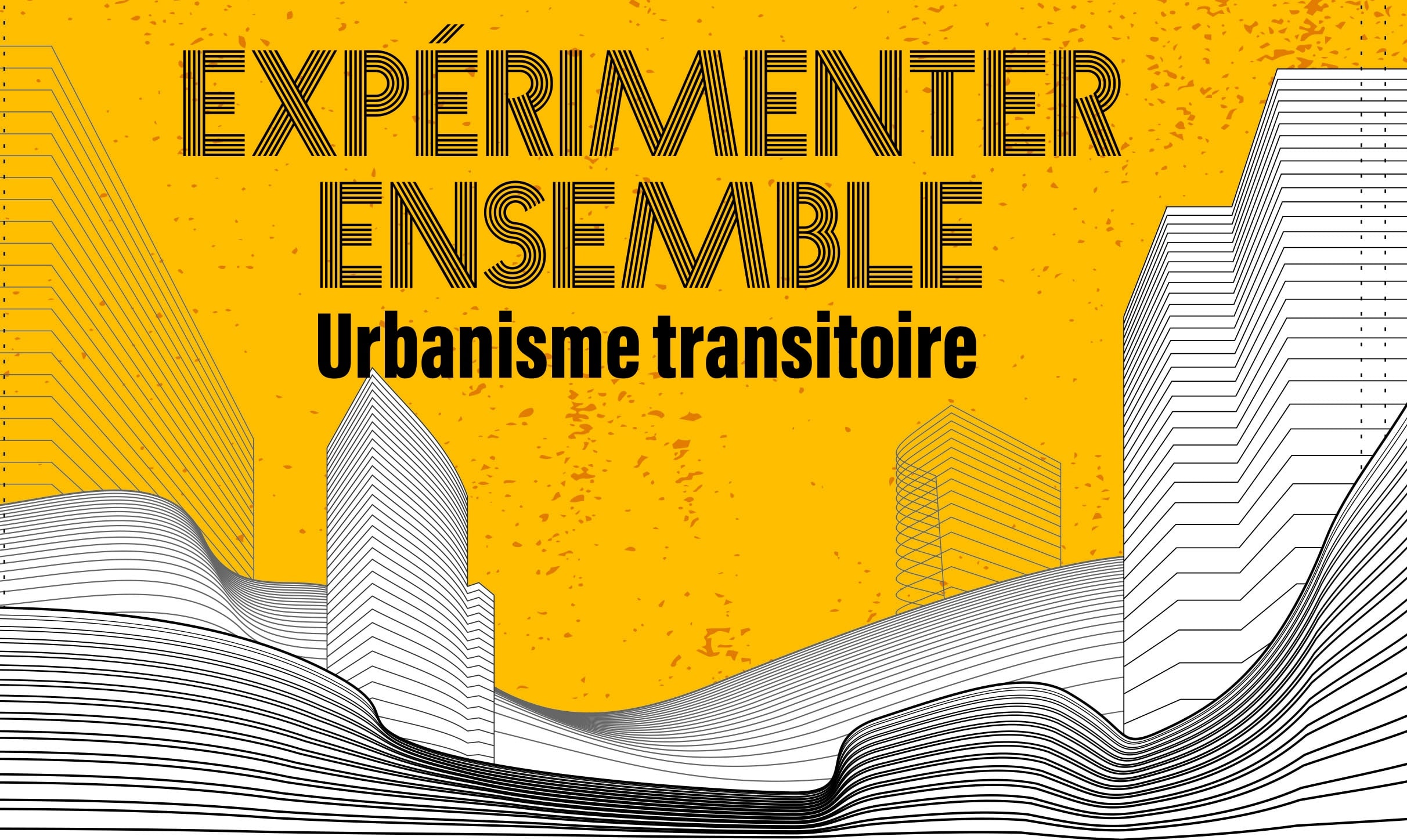Projection-rencontre avec Mundiya Kepanga
Dans le cadre de la démarche de Ville Apprenante de l’UNESCO, une projection du film « Frères des arbres, l’appel d’un chef Papou » aura lieu le vendredi 29 mars, à 18h, au Cinéma CGR Evry.
La projection sera suivie d’un temps d’échanges avec le co-réalisateur du film, Marc Dozier, et Mundiya Kepanga, chef coutumier de la tribu des Hulis en Papouasie-Nouvelle-Guinée et fervent défenseur de l’environnement et des forêts primaires.
Cette rencontre s’inscrit dans le cadre d’une tournée nationale organisée par la Maif.
Plénière du Conseil de quartier du Village, Aguado, Petit Bourg
À l’ordre du jour :
- échanges sur le thème des arbres, des plantations de la Ville ou des habitants pour un quartier plus vert
- comment rendre le quartier plus agréable, plus adapté au changement climatique et favorable à la biodiversité ?
À cette occasion, les habitants du quartier pourront échanger avec Claude-Emmanuelle Maisonnave-Coutérou, 4ème adjointe au Maire chargée de la Transition écologique et sociale : espaces verts et biodiversité et de la Transition numérique, et Cendrine Chaumont, 6ème adjointe au Maire chargée du Logement, de l’Habitat et des Copropriétés, qui vous présentera le forum “Bien habiter à EC” qui aura lieu le 3 février prochain.
Rencontres de la Rénovation Energétique de l’Habitat
L’ALEC Sud Parisienne organise les « Rencontres de la Rénovation Energétique de l’Habitat » pour les copropriétés le vendredi 1er décembre et pour les maisons individuelles le samedi 2 décembre à la Maison Départementale de l’Habitat à Evry-Courcouronnes.
Enjeu de confort dans le logement, enjeu réglementaire, enjeu financier, les défis de la rénovation énergétique pour les copropriétés et les particuliers sont nombreux. Les visiteurs pourront obtenir toutes les réponses à leurs questions en rencontrant les conseillers de l’ALEC spécialisés dans l’accompagnement et en échangeant avec des professionnels (bureaux d’études, artisans, banques).
Ces « Rencontres » proposeront des temps forts :
Pour les copropriétaires, vendredi 1er décembre :
- 11h30-12h45 > Table ronde « Quelles aides financières pour les copropriétés ? »
- 14h15-16h00 > Table ronde « Retours d’expérience en copropriété verticale »
- 16h15-16h45 > Conférence « Retours d’expérience en copropriété horizontale »
Pour les propriétaires de maisons individuelles (samedi 02/12) :
- 10h00-10h30 > Renov’Expo : Parcours de la rénovation énergétique
- 10h30-12h30 > Café Rénover Malin : Présentation des aides financières, de l’accompagnement de l’ALEC / Echanges avec les artisans
Atelier ludique autour du Plan Local d’Urbanisme
À quoi ressemblera notre ville en 2035 ?
Cet atelier ludique nous permettra de nous interroger ensemble autour de questions qui touchent à de nombreux sujets : logements, environnement, mobilités, etc.
En participant, votre avis et vos idées contribueront à enrichir le Projet d’Aménagement et de Développement Durables (PADD), pièce centrale du Plan Local d’Urbanisme (PLU) qui détermine une stratégie et des objectifs de développement pour la ville à horizon 2035.
Matinée Citoyenne de Propreté
Le Conseil de quartier du Centre-ville organise une Matinée Citoyenne de Propreté suivi d’un brunch.
Rendez-vous devant l’Hôtel de Ville à 10h, place des Droits de l’Homme et du Citoyen.
Matinée Citoyenne de Propreté
En partenariat avec la Ville et le Service de Prévention du Grand-Paris, le Conseil de quartier des Aunettes organise une matinée propreté consacrée au nettoyage des espaces publics et espaces verts du quartier, suivie d’une sensibilisation des habitants sur la propreté urbaine.
Les 40 ans de la Maison du Monde d’Évry
Le 30 septembre, la Maison du Monde fête 40 ans d’engagement et de rencontres pour la solidarité internationale et l’avenir de notre planète. Un monde plus juste et plus solidaire est possible : c’est le sens de l’action quotidienne de l’association et du soutien qu’elle apporte aux peuples du monde en lutte pour leurs droits. Soyons nombreuses et nombreux à prendre part à cette fête, un grand moment de convivialité, d’échanges et de partage.
Au programme :
- 14h30 : Ouverture de la journée
- 15h à 15h45 : Atelier “L’engagement dans la solidarité internationale et la défense de la planète : hier, aujourd’hui et demain”
- 16h à 16h45 : Présentation de l’Art du déplacement et démonstration chorégraphiée par des spécialistes de la discipline
- 17h à 17h45 : Atelier “L’accueil des immigré.e.s et des réfugié.e.s”
- 18h30 à 19h30 : Spectacle chanté “Les femmes aux yeux ouverts sont dangereuses”
- 19h30 : Buffet solidaire
- 20h30 : Gâteau d’anniversaire en musique
Vous retrouverez également, tout au long de l’après-midi, des prises de parole et animations sur les différents stands associatifs et partenaires telles que :
- Projection de vidéos
- Exposition “Les évènements de ces dernières années à la Maison du monde”
- Exposition “Les visages du bénévolat”
Téléchargez ici le programme complet des 40 ans de la Maison du Monde.
Concertation publique sur l’alimentation
Grand Paris Sud lance une grande concertation publique sur l’alimentation.
Mieux manger, développer des circuits courts entre production et débouchés, faire de Grand Paris Sud une terre nourricière, participer à l’éducation à l’alimentation… voilà les grands traits d’une stratégie alimentation, enjeu de santé, de bien-vivre, de filière économique et de transition sociale et écologique à l’échelle du territoire.
Pour nourrir les réflexions, l’agglomération vous invite à vous exprimer sur votre vision et vos besoins en matière d’alimentation lors de l’atelier « Comment manger local à Grand Paris Sud, chez soi ou en restauration collective ? », organisé le jeudi 15 juin, de 19h à 21h30, à l’Université d’Évry.
Inauguration du verger des Aunettes
Créé à l’initiative des habitants dans le cadre de la dernière édition du budget participatif, le verger des Aunettes sera inauguré samedi 10 juin.
Composé de plusieurs plantations d’arbres fruitiers plantés fin mars 2023, le verger est en accès libre et se veut avant tout participatif.
L’Association Audace, qui le gère en collaboration avec les Conseil de quartier et maison de quartier-centre social des Aunettes, est chargée de créer des animations autour de cet espace, notamment à l’attention des écoliers du secteur.
Conférences « L’eau, comprendre pour agir »
Dans le cadre du projet « Apprentis sorciers gardiens de l’eau », l’école française de sorcellerie de Tu-sais-qui et la Maison de quartier-Centre social Évry Sud proposent un cycle de conférences gratuites à destination des adultes sur la thématique « L’eau, comprendre pour agir ».
Programme :
– Vendredi 26 mai à 20h (durée : 1h30) : L’ADN, source de vie ?
– Vendredi 2 juin à 20h (durée : 1h30) : Des têtards fluorescents pour détecter la pollution ?
– Samedi 10 juin à 14h (durée : 1h30) : Pourquoi le tri sélectif est-il nécessaire ?
– Mercredi 14 juin à 20h (durée : 1h30) : Des bactéries pour dégrader le plastique ?



